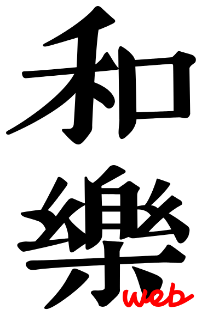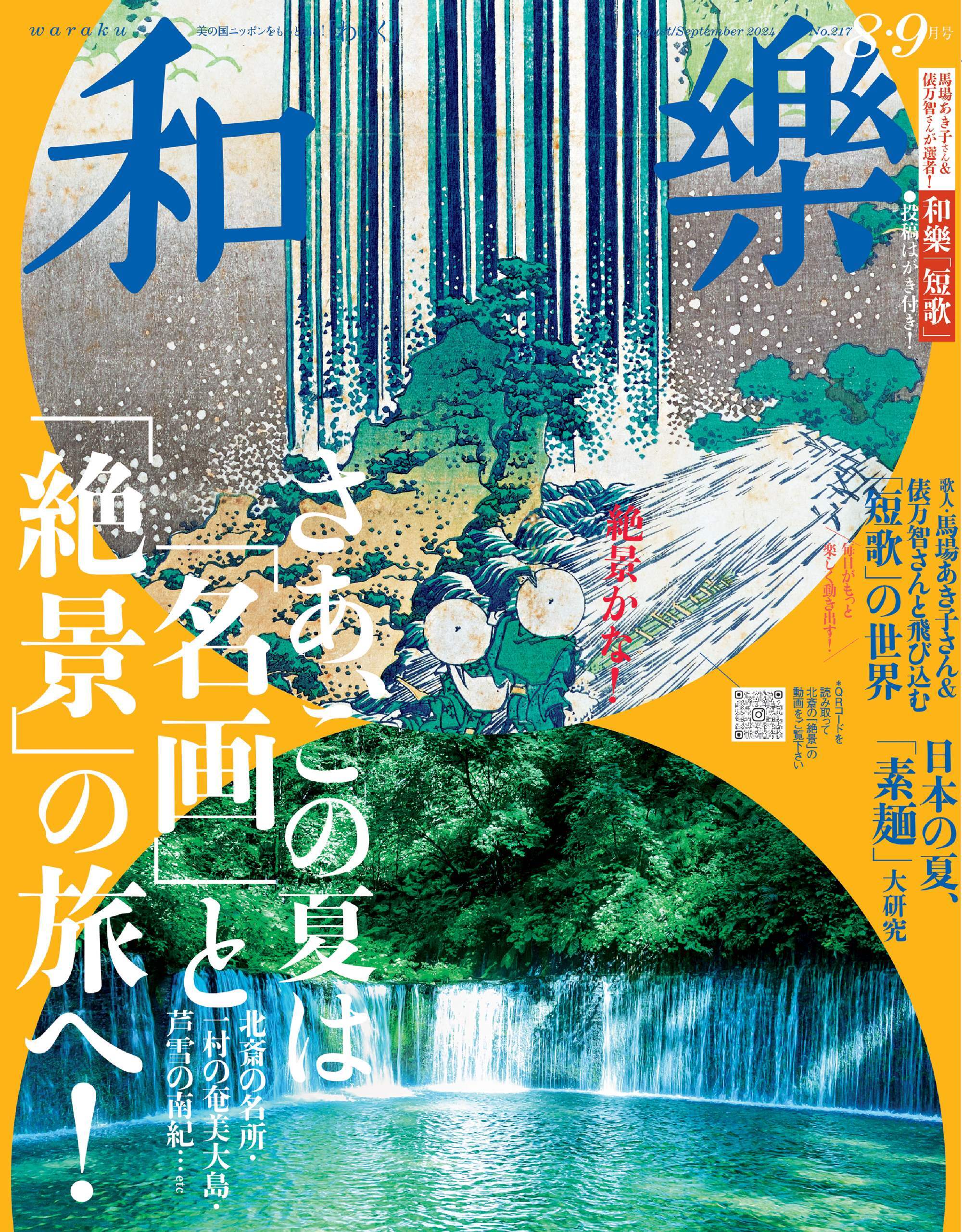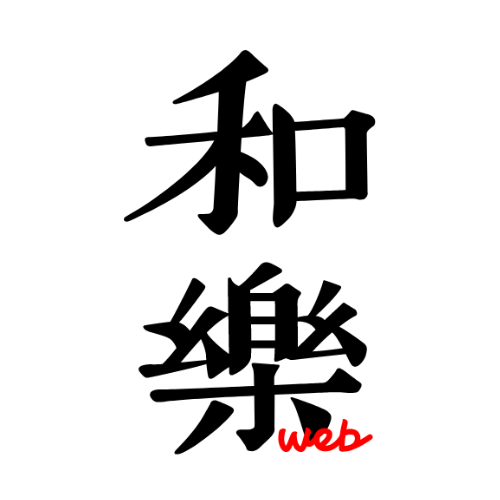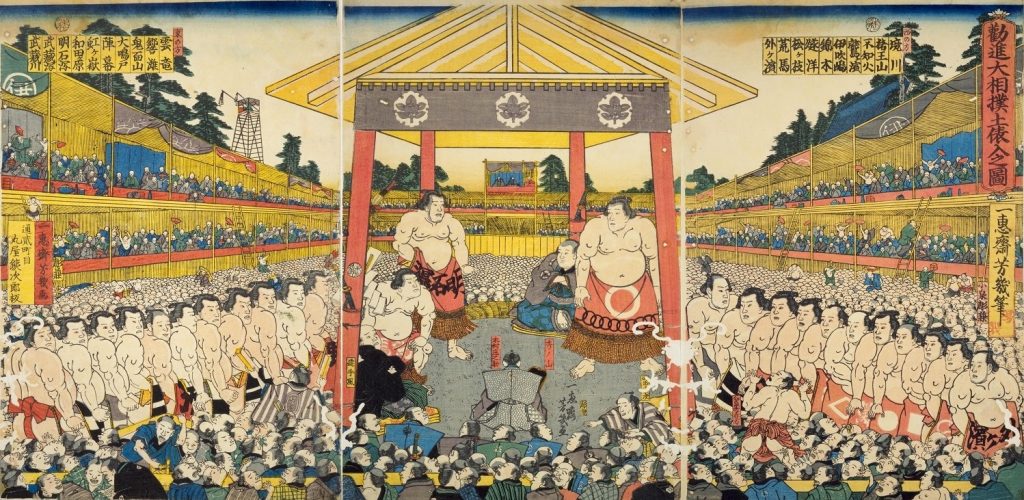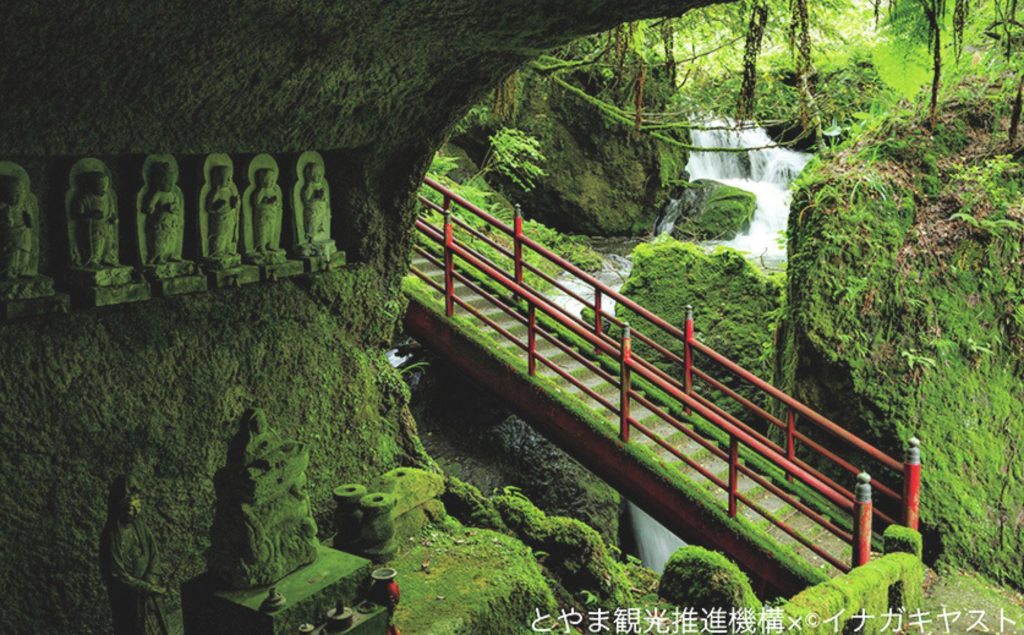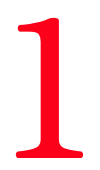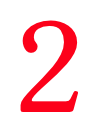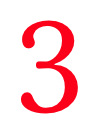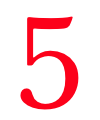The Edo Period and the birth of Wagashi names
Japanese culture is strongly influenced by other countries. One such example is “wagashi”, a characteristic of Japanese food culture. The word “Kashi (菓子/confectionery)”, which once meant “fruit,” began to have the same meaning as processed food in the Nara period (710-794).
At that time, the most common type of confectionery was called “karagashi,” which was made from rice or wheat flour, sweetened or salted, and deep-fried in oil.
Later, in the Heian period (794-1185), the name “Tsubaki Mochi” started be in use. It was made by pouring the boiled sap of a grape vine called amazura over rice flour and wrapping it in camellia leaves and it is mentioned in ‘The Tale of Genji’, that it was served to the court officials after they finished playing Kemari.
In the Kamakura period (1185-1333), wagashi developed rapidly as a result of monks who traveled overseas. They brought back many of the latest knowledge and techniques from the Song Dynasty, where they had studied.
Then, during the Sengoku period, the Nanban trade brought the ‘Kasutera'(sponge cake), a confectionery made from chicken eggs. This was a major turning point for Japanese confectionery, which until then had been basically made from plants.
Sugar was a very precious commodity, and until the Muromachi period (1336-1573), honey, sweet kudzu(葛), and syrup made from grains were mainly used to sweeten sweets. During this period, sugar was actively imported by Portuguese ships, and eventually began to be produced in Japan as brown sugar and wasanbon(和三盆), and gradually became accessible to the general public.
The Edo Period and the birth of Wagashi names
The Edo period (1603-1868) was a time when culture blossomed at a rapid pace, and and wagashi was no exception.
In the Keicho and Kan’ei periods (1596-1644), confectioneries began to be labeled with their own names. Furthermore, during the Genroku period (1688-1704), names associated with classical literature and seasonal scenery, such as “Tatsuta Gawa” and “Naniwa tsu,” began to appear in literature.
In other crafts, such as sword mounts and props, there are also rules that say certain images represent certain motifs, which must have been common knowledge to the people of that time. Such was the times, which had an air of refined elegance.
The birth of Dagashi (penny sweets)
Candy and other cheap confections were also started to be sold. Some peddling entertainers performed while selling candy, which became huge a hit at the time.
The craftsmanship of ‘Nerikiri(練り切り)’
In the late Edo period (1603-1867), “nerikiri” was created by kneading white bean paste, sugar, yams, etc., and adding various colors to create seasonal shapes.
Delicately shaped by pressing them into wooden molds or using spatulas and fingertips, Nerikiri are beautiful to look at and are still widely enjoyed at tea ceremonies and festive occasions.
This page is translated from: https://intojapanwaraku.com/rock/gourmet-rock/95784/
